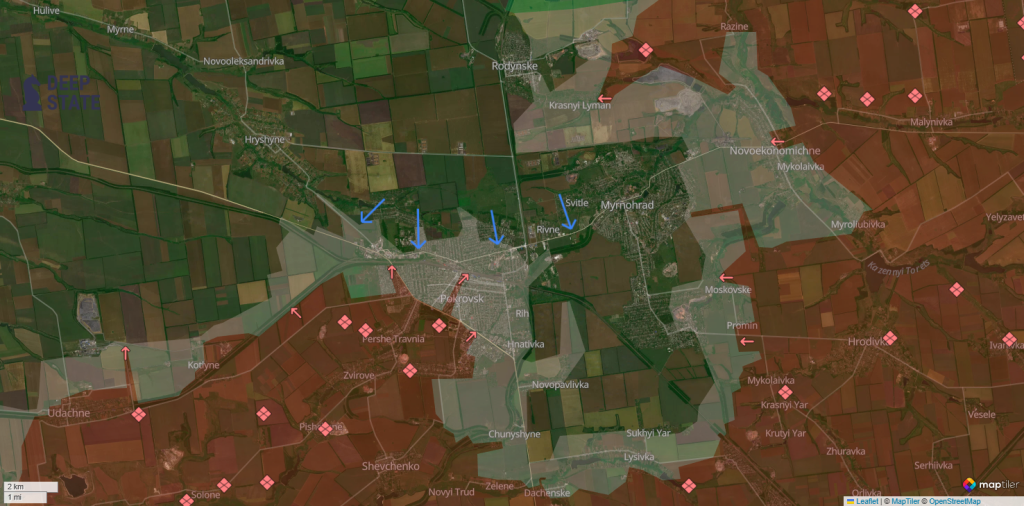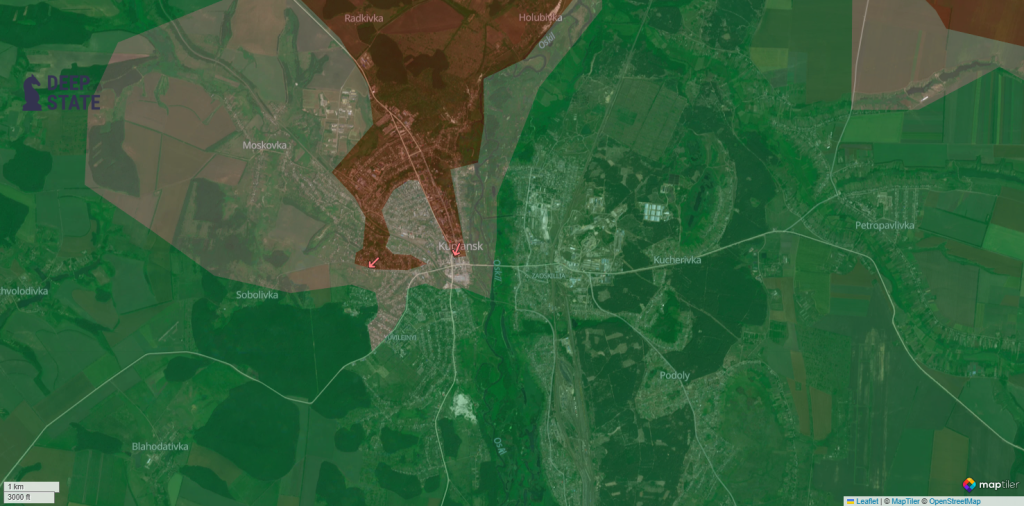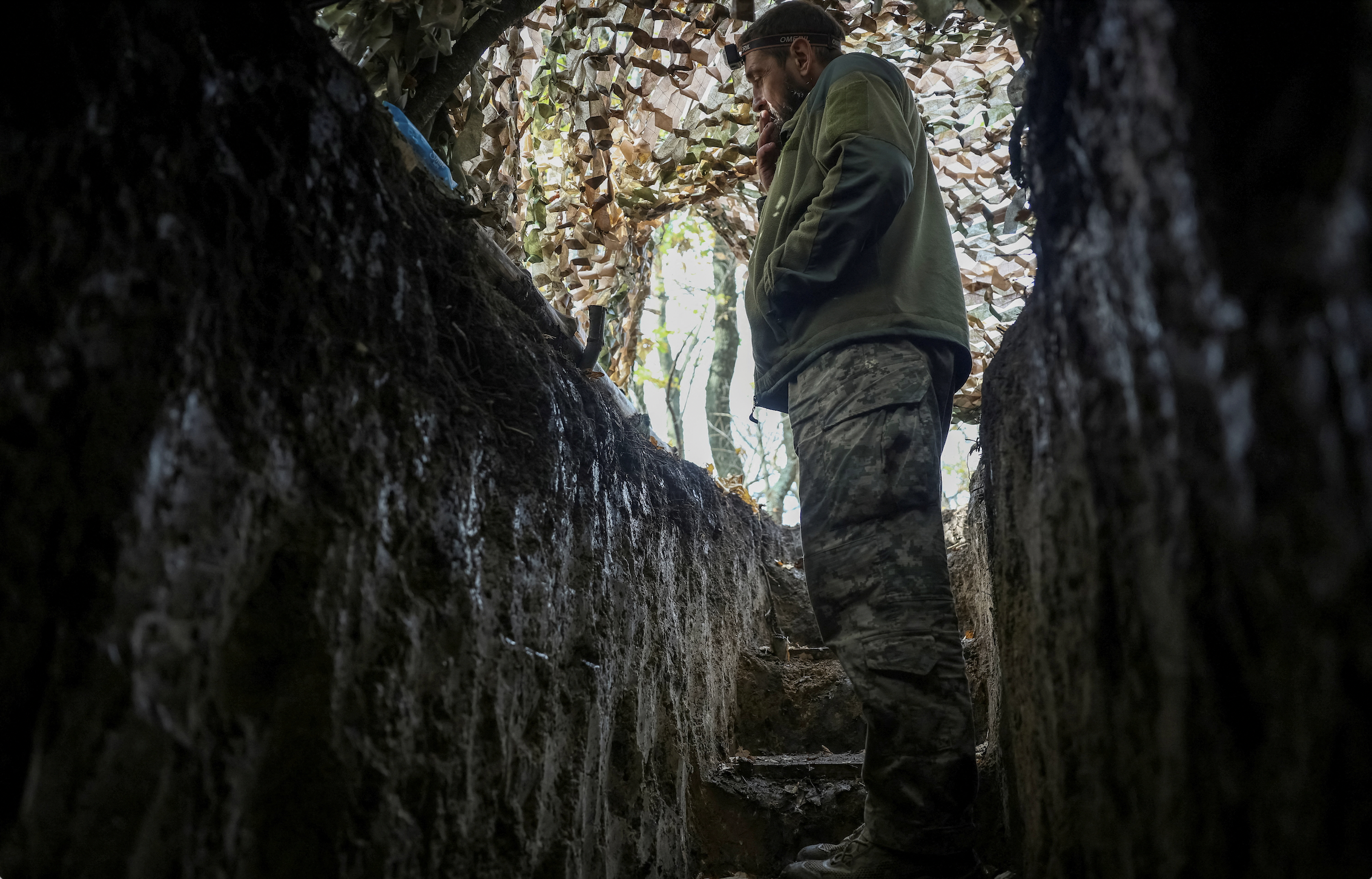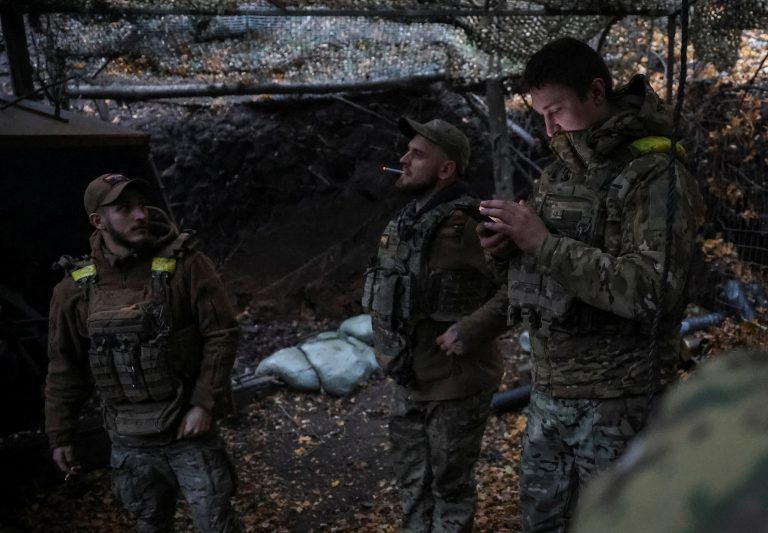The Russian army occupies 19 percent of Ukrainian territory and is trying to successfully complete the seizure of Pokrovsk in Donetsk and Kupiansk in Kharkiv Oblast. On 10 November, Kiev claimed that the Ukrainian army had succeeded in delivering supplies to the town of Myrnohrad, which lies east of Pokrovsk, deeper in the closing cauldron. According to the Kremlin, this is not possible.
A volunteer in the Russian army's air defense unit (PVO) with a focus on"Smirnov" drones told the Standard that Ukrainian troops are indeed in a partial encirclement in the Pokrovsk area, due to the pincer grip by advancing Russian troops, but that the situation is not yet as bad for the Ukrainians as the Russian media portray it.
But if the Ukrainians want to retreat from the closing cauldron, the only way out is through a narrow strip of territory that, while not controlled by the Russians, is covered by suicide drones. "There are streets and parts where everyone who has tried to cross and retreat has died," the charity PERUN - Czechs in Ukraine, whose members are present directly on the front lines, brings the situation closer.
"Zelensky has declared that Pokrovsk has not and will not be handed over. But these are just empty words, because if they don't bring them significant reinforcements, we will close the encirclement for good and that's it - and it's only a matter of time. Without an offensive initiative in the area, Kiev will lose both Pokrovsk and Myrnohrad," Smirnov, who has been fighting in Ukraine since 2023, told the Standard.
Smirnov explains that although the Russian army is not celebrating major successes, it is gradually making its way west, and the advance may accelerate after Pokrovsk falls. According to the National Interest, the fall of the city would make future efforts to liberate the Donbas more difficult for Kiev, while also serving as a springboard for the Russians to launch an offensive on Sloviansk and further into the Ukrainian interior.
"The only really good places for Russian soldiers right now are in the [Russian, ed. note] Kursk region and the [Ukrainian, ed. note] Zaporizhzhya region. Elsewhere, there is fierce fighting and the ubiquitous suicide drones are really making life difficult," Smirnov says.
Russian pro-government bloggers have posted a video showing Russians on motorcycles and unarmored vehicles covered by thick fog, reportedly entering Pokrovsk on the road leading from Donetsk. The video is also being disseminated as credible by Ukrainian channels.
The Russian army has occupied most of Pokrovsk, so no one is surprised to see Russian reinforcements streaming into the southeastern suburb - interestingly, the dense fog allows the Russians to move without fear of Ukrainian drones.

The Russians have managed to extend the grey zone beyond the road connecting Tylo and Pokrovsk to Myrnohrad. On 10 November, Andriy Kovalev, spokesman for the Ukrainian army's general staff, acknowledged the supply problems in these towns, but denied Russian Defense Ministry claims that the Russians have complete fire control over Ukrainian supply routes.
The short-term goal of Russian forces in the area for now , according to Ukrainian military officials, is to seize and block the road between Pokrovsk and Myrnohrad. This will allow the Russians both to cut Myrnohrad off for good from rear security and services and to advance further west into the Dnepropetrovsk region.
Although Kiev does not yet have the troops to stop the Russian advance in the Donetsk region, it continues to launch air strikes against the enemy. On the night of November 10-11, Ukrainians struck a Russian oil refinery in Saratov, Russia, causing explosions and a massive fire. They also hit an oil terminal in occupied Crimea and a military depot in the occupied Donetsk region.

Artificial intelligence near Kupiansk
The commander of the Russian assault detachment of the 1486th Motorized Artillery Regiment, with the battle nickname Huntsman , said his troops had taken control of an oil depot on the eastern outskirts of Kupiansk.
The Russians, he said, penetrated deep into the town and turned south to seize several railway stations, having already captured several railway stops along the line toward the town of Kupiansk-Vuzlovyj. The Kharkiv region rescue service has recorded a number of attacks on civilian infrastructure in the wider area around the city.
The Russians also relied on artificial intelligence near this city and produced a number of videos, which were subsequently shared by Russian channels on Tik-Tok. In the videos generated by Ukrainian soldiers, they talk about the critical situation and the complete encirclement of Ukrainian forces in the city. One of the features of the generated voice is that the "soldiers" put the emphasis on the second and not the first syllable of the city's name.
Although the Ukrainian forces in Kupiansk are not actually under siege, the situation is not yet positive for them. One of Ukraine's key problems - a shortage of men compared to the aggressor - is deepening.

Raw Kherson
The capital of Kherson Oblast was home to nearly 300 thousand people before the invasion - now it is the largest city within range of Russian conventional weapons, making it one of the most dangerous cities in Ukraine.
Russian forces occupied it from March 2022 until they withdrew across the Dnieper River eight months later - since then, Russian attempts to land on the river's right bank have been unsuccessful.
Local officials said Ukrainian air defence forces shot down some 2,500 of the 2,646 Russian drones launched at Kherson Oblast between 3 and 9 November.
A UN investigation last month found that Russian drone operators have been harassing civilians living near the front with their drones, threatening their lives and forcing thousands of people to flee the area, committing a crime against humanity. Despite the dozens of videos available, Russia denies that it is deliberately targeting civilians.
